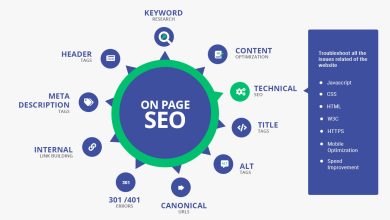What do you need to know about protective packaging?

When it comes to protective packaging, many companies do things wrong, even more so for protective materials, because increased packaging does not always imply increased protection.
Any business’s objective should be to have high-quality packaging rather than a lot of low-quality packaging. High-quality, cost-effective protective packaging solutions allow you to use less (buy less) and protect your fragile products during transit.
Protective packaging material
Quality packaging materials don’t have to cost a lot of money. You just need to choose a good supplier as there is a wide range of products you can use as protective packaging material.
You’ll want to know a few terms when discussing protective packaging materials, such as universal protective packaging. Therefore, this article’s first section will be devoted to assisting you in understanding what each type of packaging offers and what exactly the terms mean.
The terms:
- Universal Protective Packaging – Widely accepted packaging around the world.
- Padding for Shipping – Padding for shipping can be as simple as a padded envelope or as complicated as large panels encircling an appliance. It is a cushion that safeguards a package’s contents.
- Protective Packaging Material: The material used in protective packaging can range from Styrofoam to wood and composite materials.
- Protection Pack – This can be a small or large “package” filled with protective material and slipped into the packaging to provide shock absorption and more.
- Packing Padding – This material takes up any extra space left in a box or crate to prevent goods from shifting during transport.
- Cushioning Materials – Can be used to wrap and protect products from creating a barrier between products and the shipping container or inner packaging.
- Peanut Packaging: Styrofoam pieces shaped like peanuts or peanuts used for shipping box padding to protect products during shipping.
- Electronic Product Packaging Foam: Foam sheets or pieces used to protect electronic products.
Most common objectives for selecting a packaging material
Every grower or company has two goals in mind when selecting the best packaging material for its operation. First, use the best packaging material to protect your products and generate economic savings.
Of course, both goals are very important, but there are more things to consider. For example:
What is your corporate culture concerning the environment?
If you’re focused on reducing waste and using earth-friendly packaging material, consider one more thing. For example, the foam packaging material may not be your best option for green businesses as it is more difficult to recycle. So instead, they use cardboard materials as packaging filler and cushioning paper.
Padded packing paper is cushioning material used in recyclable packaging. However, shipping foam padding can provide more protection.
Decide on the best option
Assuring you make the best choice possible for your products starts with assessing the protection needs. For example, if you protect electronic products, your needs will differ. However, the need will be similar in that you want your products from the assembly line to the end-user in pristine condition. However, the materials required to accomplish this will vary.
Packing foam, packing sponge foam, and shipping cushions come in various varieties, cardboard materials, paper materials, and more that can be used to protect fragile materials.
Many growers go for the cheap foam options to save them money, but that’s not always the case. In addition, cheap options often come with unwanted side effects, such as not providing the best protection or creating much more waste. To know more about protective packaging feel free to visit Britwrap.com.
The goal is to streamline your packaging, useless, and not sacrifice any protection.
I hope you found this blog informative. To see more articles like this, click here.



